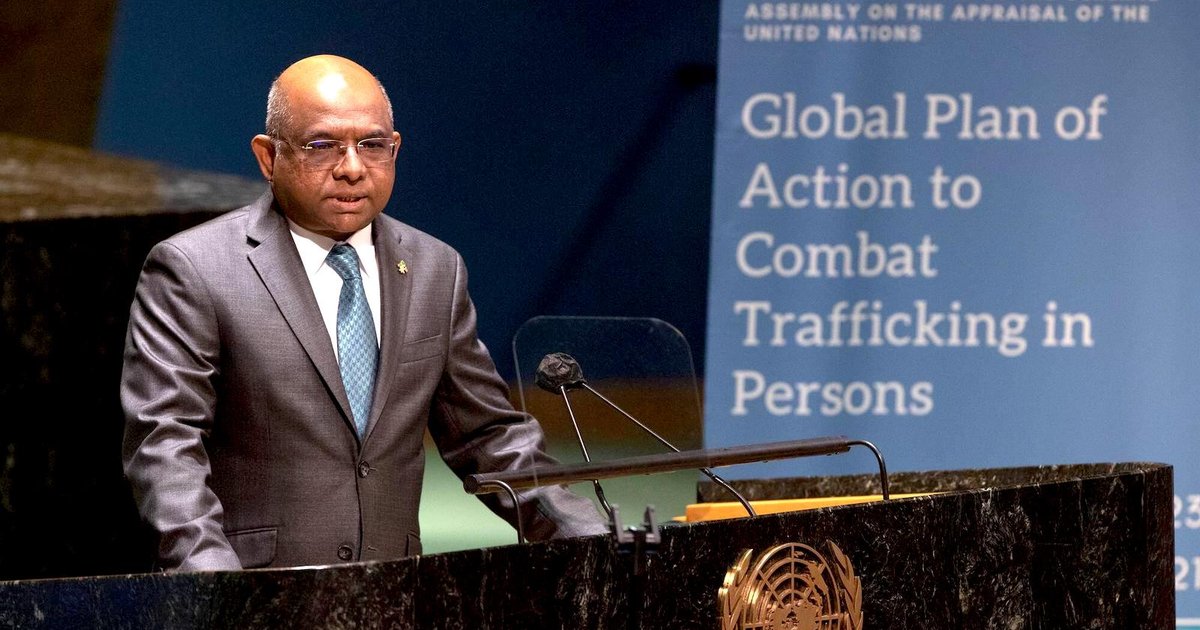Could survivors help 'fix' anti-trafficking? – openDemocracy

That's now changing. In recent years, we have seen high profile examples of people with lived experience being treated as the experts they are. The United States Advisory Council on Human Trafficking, formed in 2016, “provides a formal platform for trafficking survivors to advise and make recommendations on federal anti-trafficking policies”. Sophie Otiende, a survivor leader from Kenya, was recognised in 2020 as a ‘TIP Report Hero' and was subsequently appointed CEO of the Global Fund to End Modern Slavery. Another prominent example is the International Survivors of Trafficking Advisory Council, launched in January 2021 to assist the Office for Democratic Institutions and Human Rights (ODIHR) of the Organization for Security and Co-operation in Europe (OSCE).
Reviews of policy and programming, meanwhile, continue to urge funders to increase involvement of those with lived experience to improve effectiveness. To help, a growing number of toolkits on ethical policy and practice have been produced that offer advice on everything from compensation and expenses and media engagement to involvement in research.
What is not known, however, is how well this has worked. Has real progress been made at including those with lived experience in all stages of the policy and programming cycle? Are we inching toward a survivor-led movement? Or does engagement remain largely tokenistic: symbolic gestures that respond to a trend without internalising the message behind it?
Making engagement work, for the movement and for survivors
During 2022 we took a close look at how engagement works in practice. We did this as a diverse and international team that included many people with lived experience, collaborating closely in the spirit of co-production to create an inclusive space for research into the topic. Over the course of the next two weeks, we will publish a series of articles detailing our team's key findings from around the globe.
Each contributor offers a perspective unique to their context. They write about the social stigma surrounding former child soldiers in East Africa; the harmful impact of trafficking and slavery terminology in East Asia; extractive and exploitative media; the pressure to recount stories of trauma; Anglo/Euro-centric language bias; and preconceptions around survivors' added value and their capacity to achieve. With each, they highlight issues of concern, areas of good practice, and pathways for improvement.
If there's one lesson, it's that each context has its own challenges, and its own changemakers. Yet there are some commonalities that underpin all ethical and meaningful engagement with lived experience. Doing it well requires connecting with both local leadership and at-risk communities; identifying how to work with the right people and groups; sharing power; and creating opportunities for innovation, leadership and tangible benefits for those seeking to rebuild their lives.
Above all, engagement cannot be tokenistic. It must create real opportunities to offer input, challenge others, make decisions, and transform practice. This means treating people fairly, and providing sufficient time and resources for genuine involvement so that nothing ends up last minute or tacked on to projects. This sort of engagement is built on a foundation of trust and safety, which is in part created by fostering supportive, respectful and empowering organisational spaces that incorporate trauma-informed practice.
Finally, engagement should align with the wider aims around prevention and safeguarding: i.e. the understanding that including those with lived experience will make anti-trafficking efforts more effective and reduce harm. And while we found common ground on all these principles in our research, we were constantly reminded that politics and place matter. Measures should always be proportionate and context-specific, otherwise they can themselves constitute barriers to participation and empowerment.
Separating the good engagement from the bad
While there may now be consensus over involving people with lived experience, the quality of engagement varies widely. So what separates the good from the bad?
We identified several markers of high-quality engagement, including long-term initiatives, direct employment, and incorporation into project teams in sustained ways and for specific purposes. High quality engagement also makes clear how the time and resources of people with lived experience will be deployed and compensated. All people will be recruited appropriately, paid fairly, fully valued, and offered opportunities for professional development.
 ABOUT PBJ LEARNING
ABOUT PBJ LEARNING
PBJ Learning is a leading provider of online human trafficking training, focusing on awareness and prevention education. Their interactive Human Trafficking Essentials online course is used worldwide to educate professionals and individuals how to recognize human trafficking and how to respond to potential victims. Learn on any web browser (even your mobile phone) at any time.
More stories like this can be found in your PBJ Learning Knowledge Vault.
This “Eyes on Trafficking” story is reprinted from its original online location.
ABOUT PBJ LEARNING
PBJ Learning is a leading provider of online human trafficking training, focusing on awareness and prevention education. Their interactive Human Trafficking Essentials online course is used worldwide to educate professionals and individuals how to recognize human trafficking and how to respond to potential victims. Learn on any web browser (even your mobile phone) at any time.
More stories like this can be found in your PBJ Learning Knowledge Vault.
